Went for a wander round the island on Loch Lomond where MagiKelly hosted the SotP meet a couple of weeks ago.
It's one of the ones on the faultline.
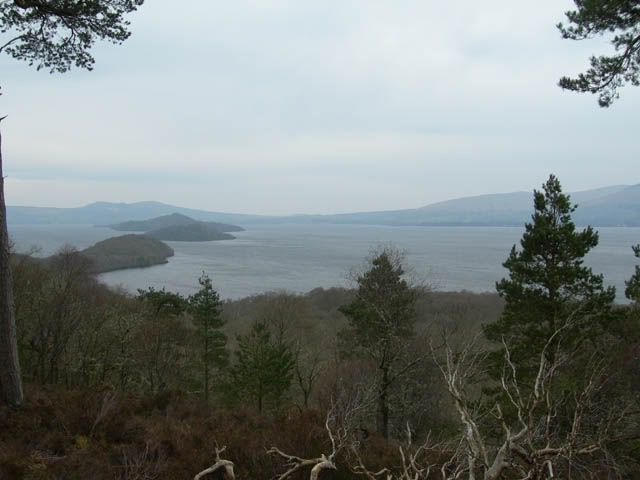
Geology is what my untrained eye would describe as a total shambles. Quartz, basalt-like pebbles and various grades of sandstones as the rubble in a pretty soft conglomerate.
There were lumps of granite about as well. Aye, very good . I stopped thinking about how it all may have been formed.
. I stopped thinking about how it all may have been formed.
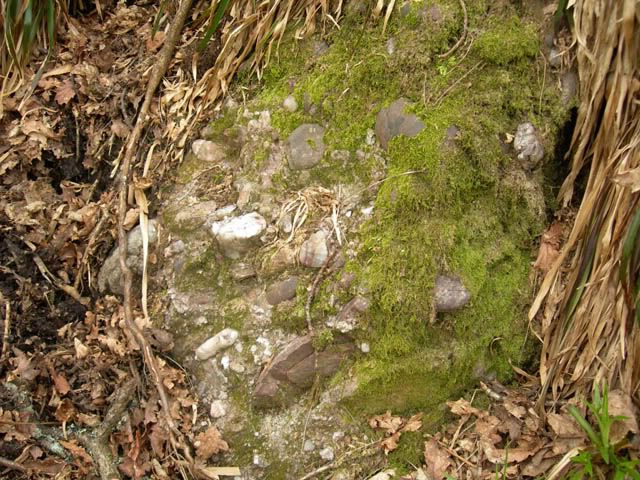
The low wood is oak as far as the eye can see. Has a plantation look about it.
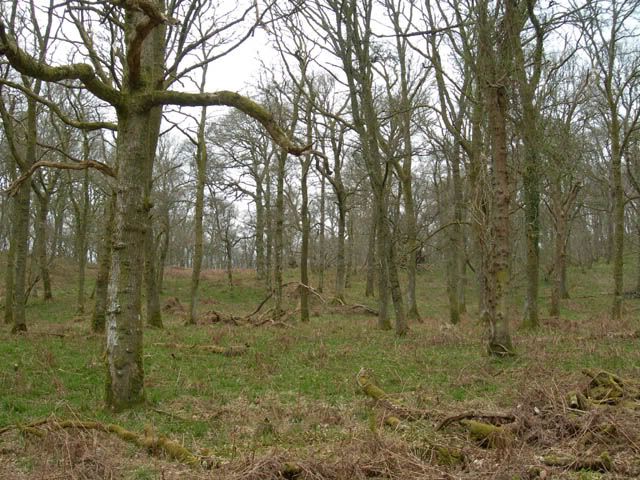
Wild garlic everywhere. The dominant ground cover anywhere there's a depression.

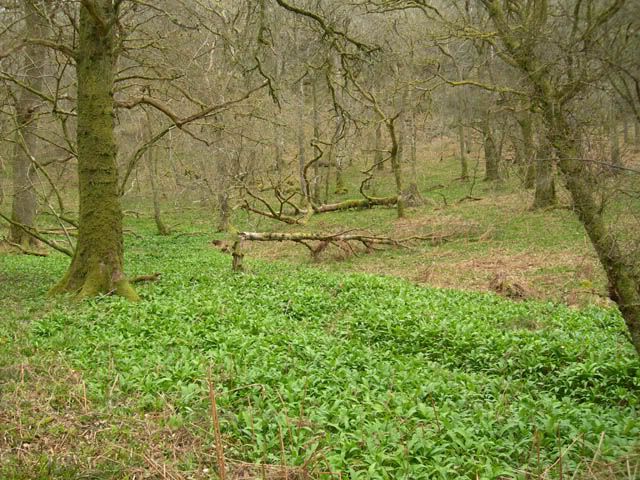
Didn't look like the oak were too keen on clinging to the rubble, uprootings were widespread.
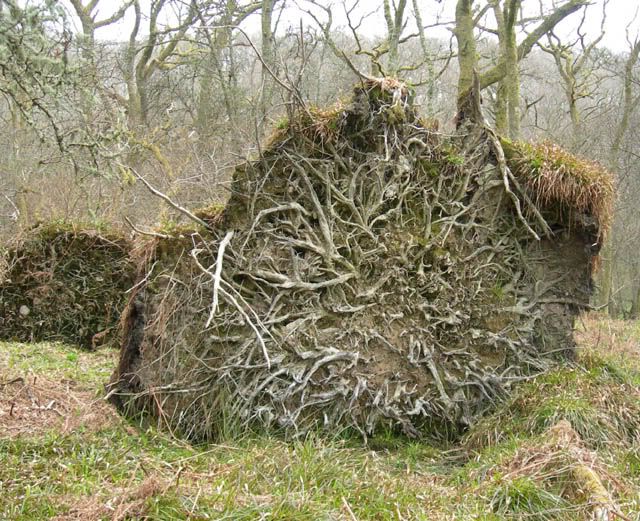
Wierd!
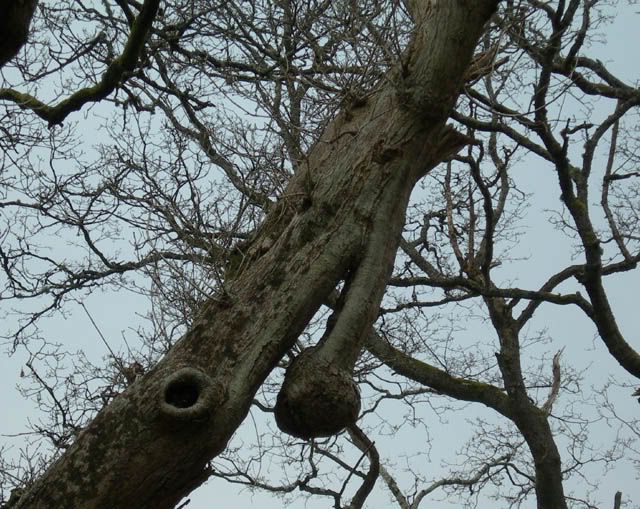
Burl central, all over the island!

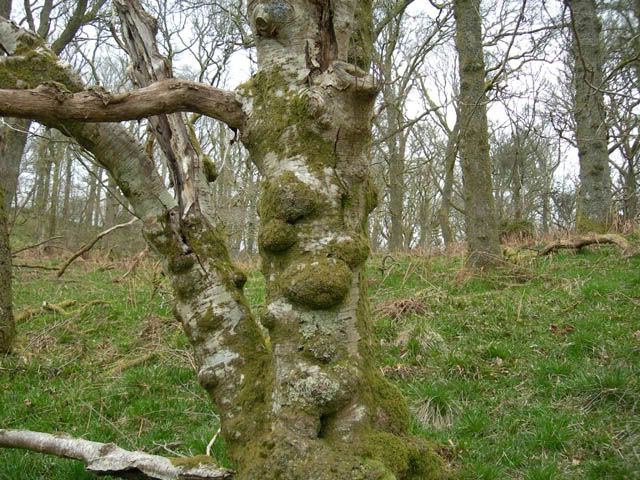
On the fungi front there were a number of strops but very few hoof. The few there were were interesting though. I'd been wondering what happened to them when the birch keeled over - whether they died off or not. Seems not.
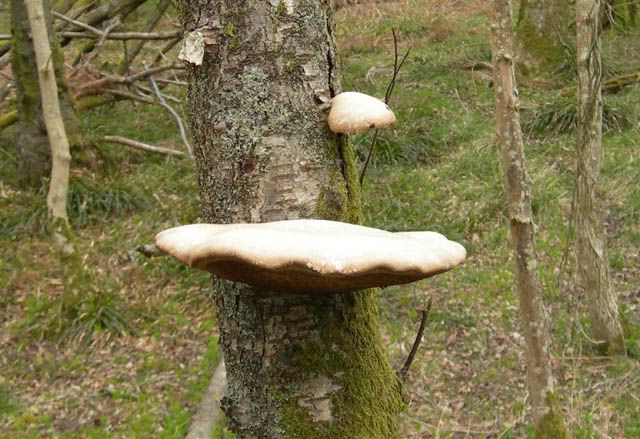

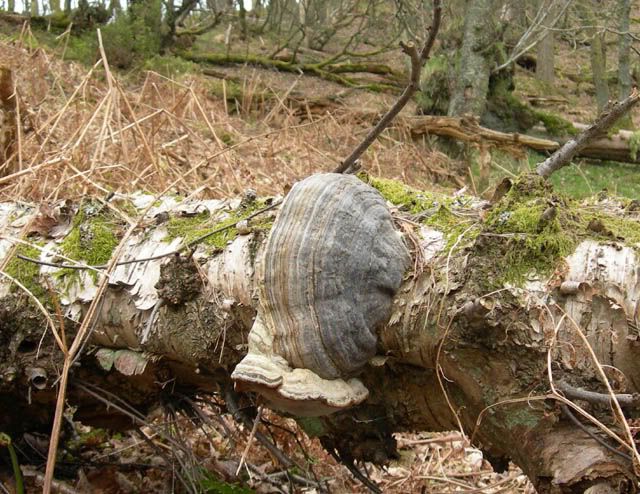
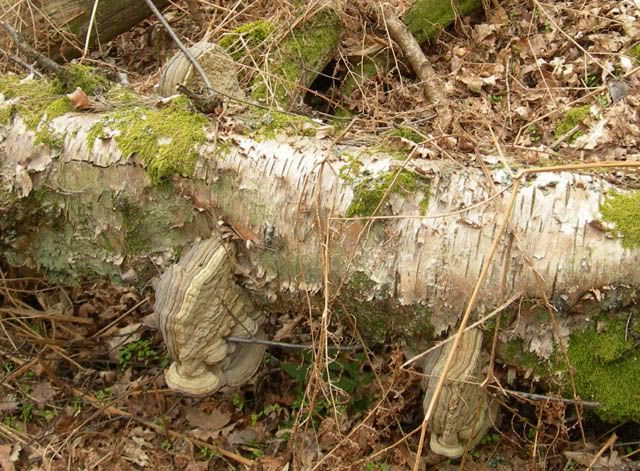


It's one of the ones on the faultline.

Geology is what my untrained eye would describe as a total shambles. Quartz, basalt-like pebbles and various grades of sandstones as the rubble in a pretty soft conglomerate.
There were lumps of granite about as well. Aye, very good

The low wood is oak as far as the eye can see. Has a plantation look about it.

Wild garlic everywhere. The dominant ground cover anywhere there's a depression.


Didn't look like the oak were too keen on clinging to the rubble, uprootings were widespread.

Wierd!

Burl central, all over the island!


On the fungi front there were a number of strops but very few hoof. The few there were were interesting though. I'd been wondering what happened to them when the birch keeled over - whether they died off or not. Seems not.





